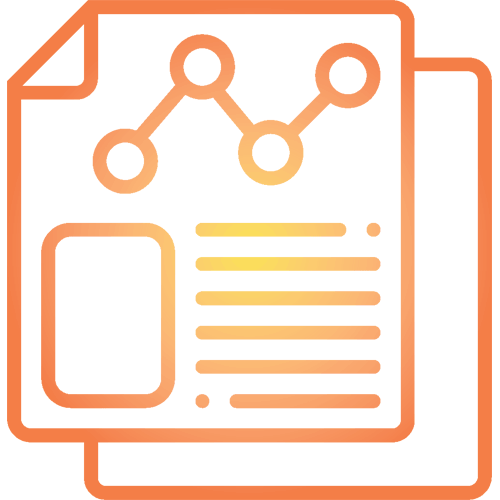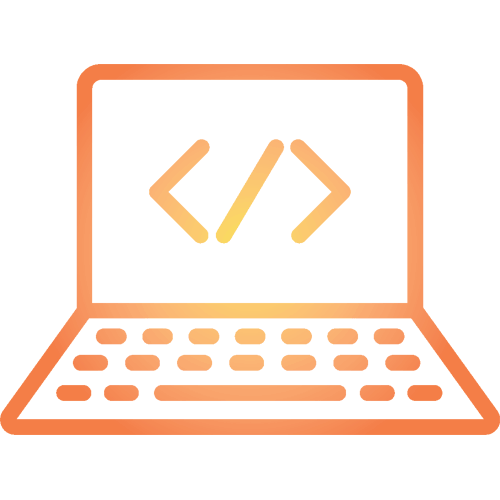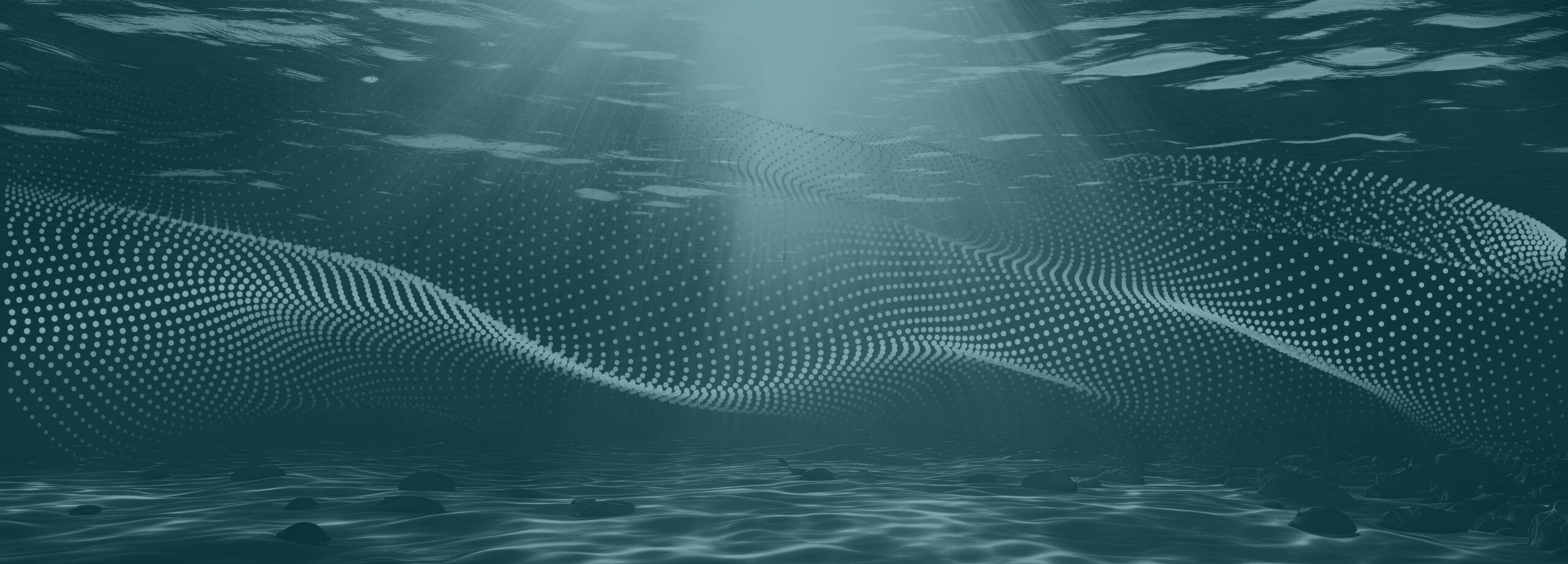
DET
Dynamic Rupture, Earthquake Cycle, and Tsunamis Working Group
Working Group
Dynamic Rupture, Earthquake Cycle, and Tsunamis

The Dynamic Rupture, Earthquake Cycle, and Tsunamis (DET) group is developing models (computer simulations) of earthquakes and tsunamis in Cascadia. The models account for tectonic loading over hundreds of years, slow slip events, and megathrust ruptures. The models, which are built on the structural models developed by the CVM and CFM groups, will be validated against geophysical and geological data from the C3S and CPAL groups. As part of this effort, DET is developing and using open-source modeling software, organizing community code comparison and benchmarking exercises for subduction zone earthquakes, and providing training for external users of the modeling software and workflows.

Major Activities
Timeline


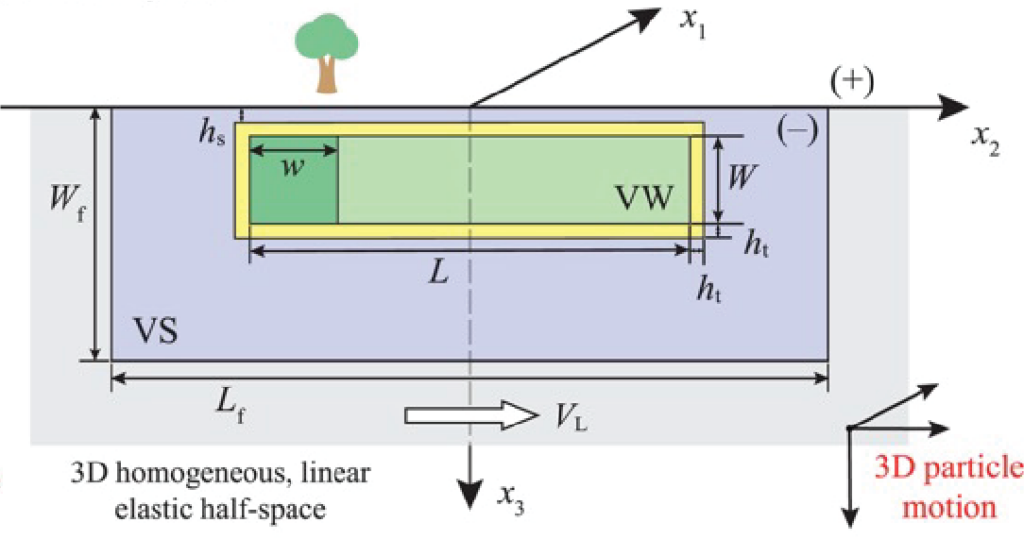
Community Product
Code Verification Exercises

Earthquake modeling requires solution of mathematical equations describing fault slip and deformation of the surrounding rocks and ocean. Code verification efforts are critical to ensure that modeling codes are correctly solving these equations. The DET group is developing a set of benchmark problems, covering different aspects of dynamic rupture, tsunami generation, and earthquake cycle modeling, for use by the international community. The benchmark problem descriptions and results are available via the button links below. Modelers can upload simulation results and compare them to those of other modeling groups using built-in visualization capabilities.
Community Product
Dynamic Rupture and Tsunami Generation Models

Dynamic rupture simulations model earthquake rupture propagation on time scales of seconds to minutes. They provide the seismic wavefield as well as the seafloor uplift that sources the tsunami. Tsunami propagation and inundation are typically done in a second step, using different modeling software. The DET group will develop a set of self-consistent earthquake and tsunami source models, validated against paleoseismic data, for use in hazard assessment. The models will increase in sophistication over the course of the CRESCENT project as more detailed structural models are developed. The modeling workflows and open-source software will be available to the community to facilitate exploration of alternative assumptions and sources.
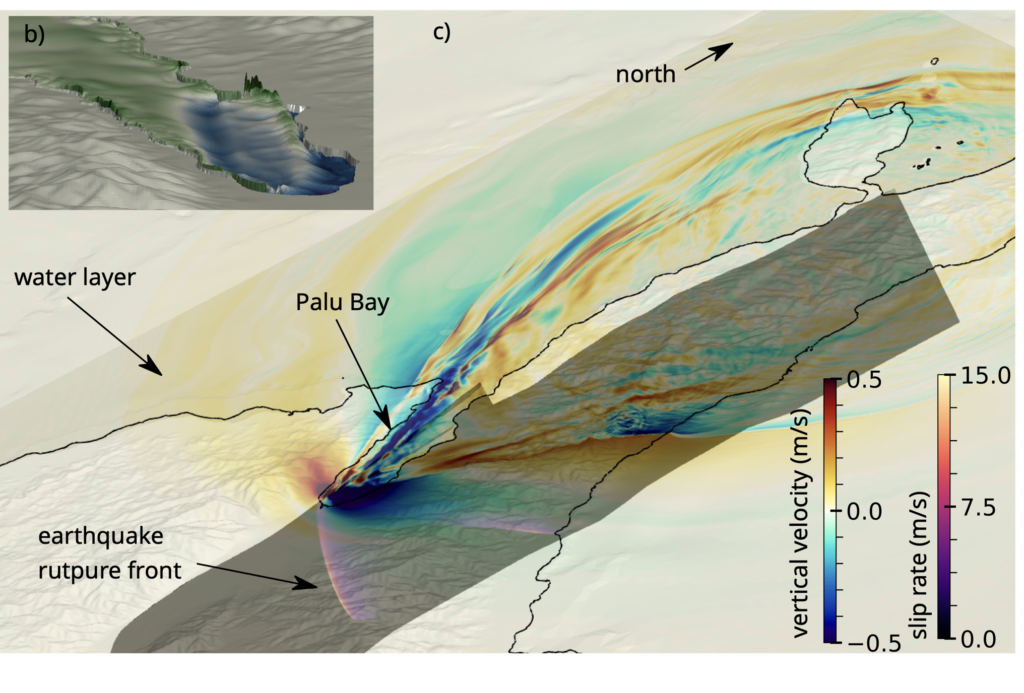
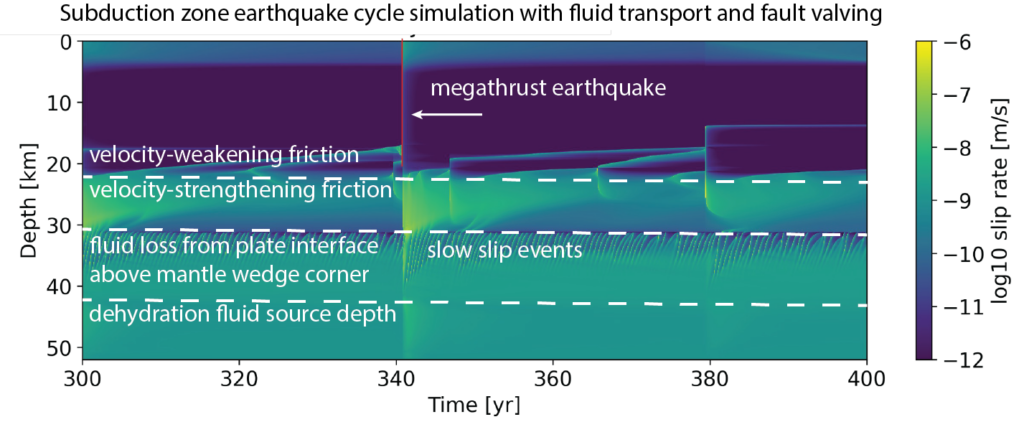
Community Product
Earthquake Cycle Models

Earthquake cycle models span thousands of years of tectonic loading, aseismic slip, slow slip events, and earthquakes. They are used to understand how geologic variations across the subduction zone, which affect the frictional properties, fluid production, and fault strength, translate into spatial variations in slip behavior. They can also be used to explore the relation between slow slip events, which happen every year or two, megathrust ruptures, and crustal faulting in the overriding plate. The DET group will develop a set of earthquake cycle models of increasing complexity that will ultimately account for fluid production by dehydration reactions, pore pressure dynamics, and viscoelastic rock deformation–processes hypothesized to influence slip behavior. The modeling workflows and open-source software will be available to the community to facilitate exploration of alternative assumptions and sources.
Meet The Team
DET Membership

The DET leadership team bring expertise across many aspects of earthquake and tsunami modeling. The expertise includes the development of computer simulation codes and harnessing the power of supercomputers, performing data-constrained simulations of megathrust earthquakes and tsunamis, and strong ground motion modeling for seismic hazard assessment. DET leaders will build collaborations within and outside of CRESCENT to construct state-of-the-art models of the Cascadia subduction, both to further understanding of the processes controlling slip and deformation across the fault system and to provide actionable hazard assessments. Model and code development will be performed in a flexible manner in open-source codes to permit the broader community with tools to facilitate exploration of alternative physics and model parameterizations. The DET group will also bring together the international community of subduction zone earthquake modelers, providing a set of benchmark problems for verifying the accuracy of different codes for dynamic rupture and earthquake cycle modeling.
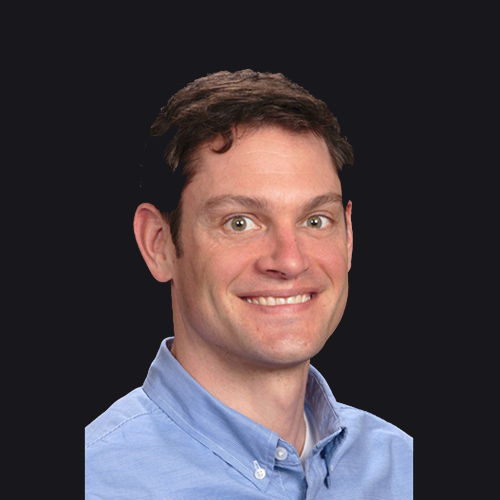
Eric Dunham
DET Lead
Stanford University
edunham@stanford.edu

Alice Gabriel
University of California San Diego
algabriel@ucsd.edu
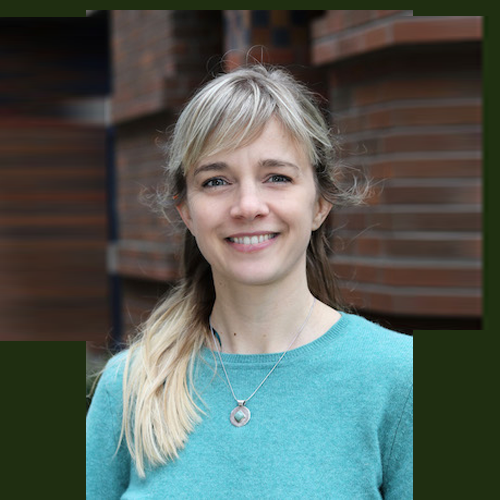
Brittany Erickson
University of Oregon
bae@uoregon.edu
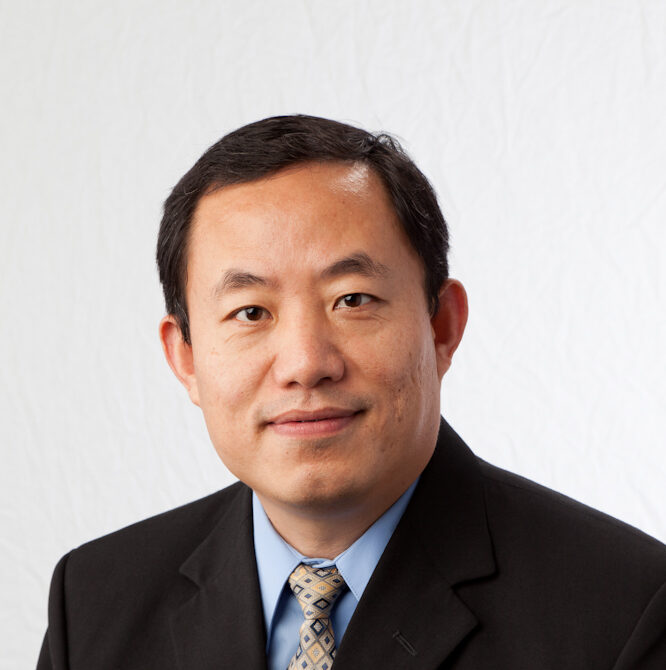
Benchun Duan
Texas A&M University
bduan@geos.tamu.edu
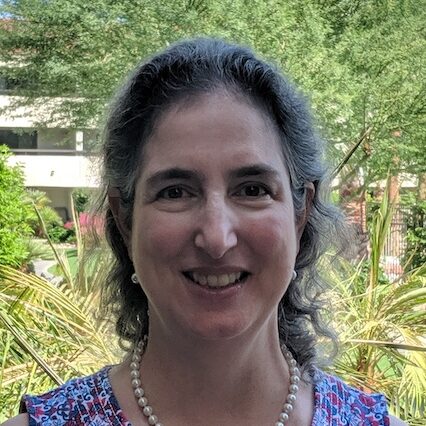
Ruth Harris
United States Geological Survey
harris@usgs.gov
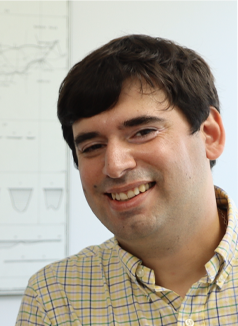
Ignacio Sepulveda
San Diego State University
isepulveda@sdsu.edu
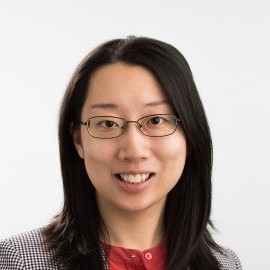
Yihe Huang
University of Michigan
yiheh@umich.edu
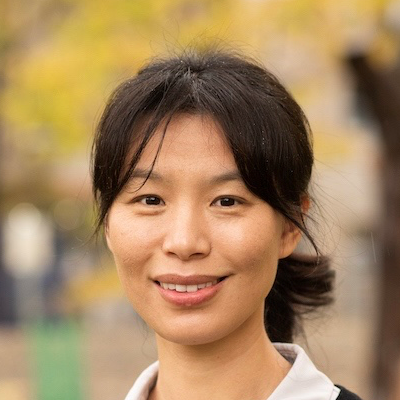
Yajing Liu
McGill University
yajing.liu@mcgill.ca
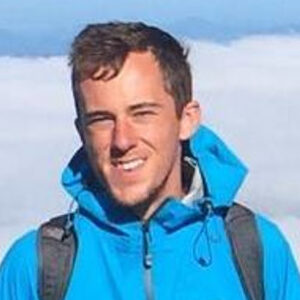
James Biemiller
United States Geological Survey
jbiemiller@usgs.gov

